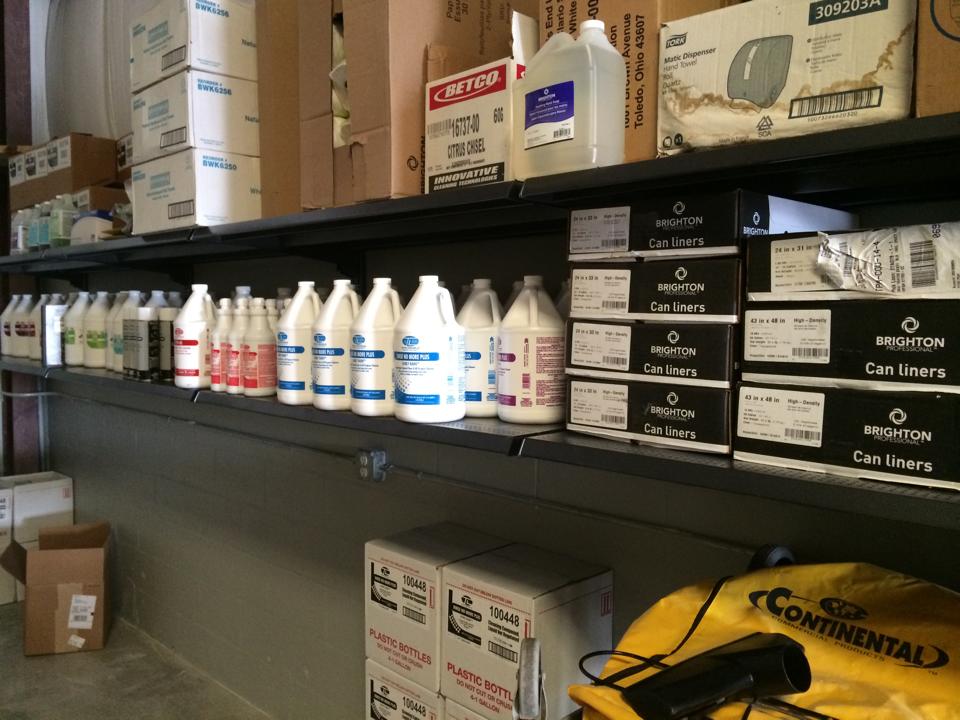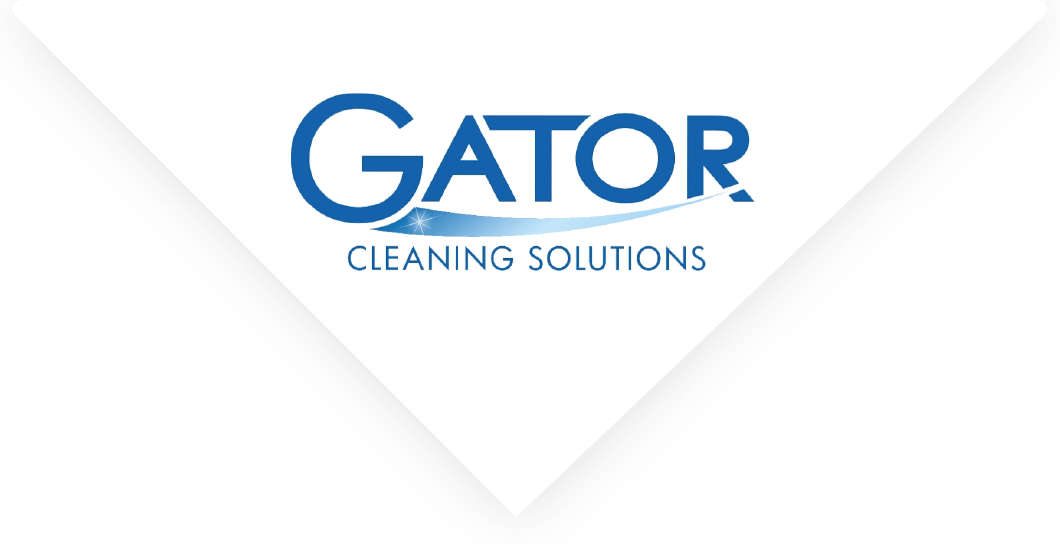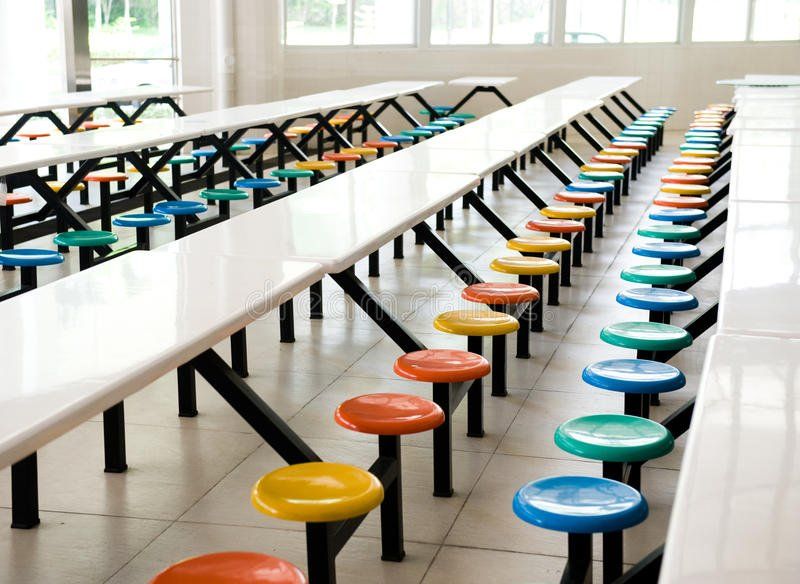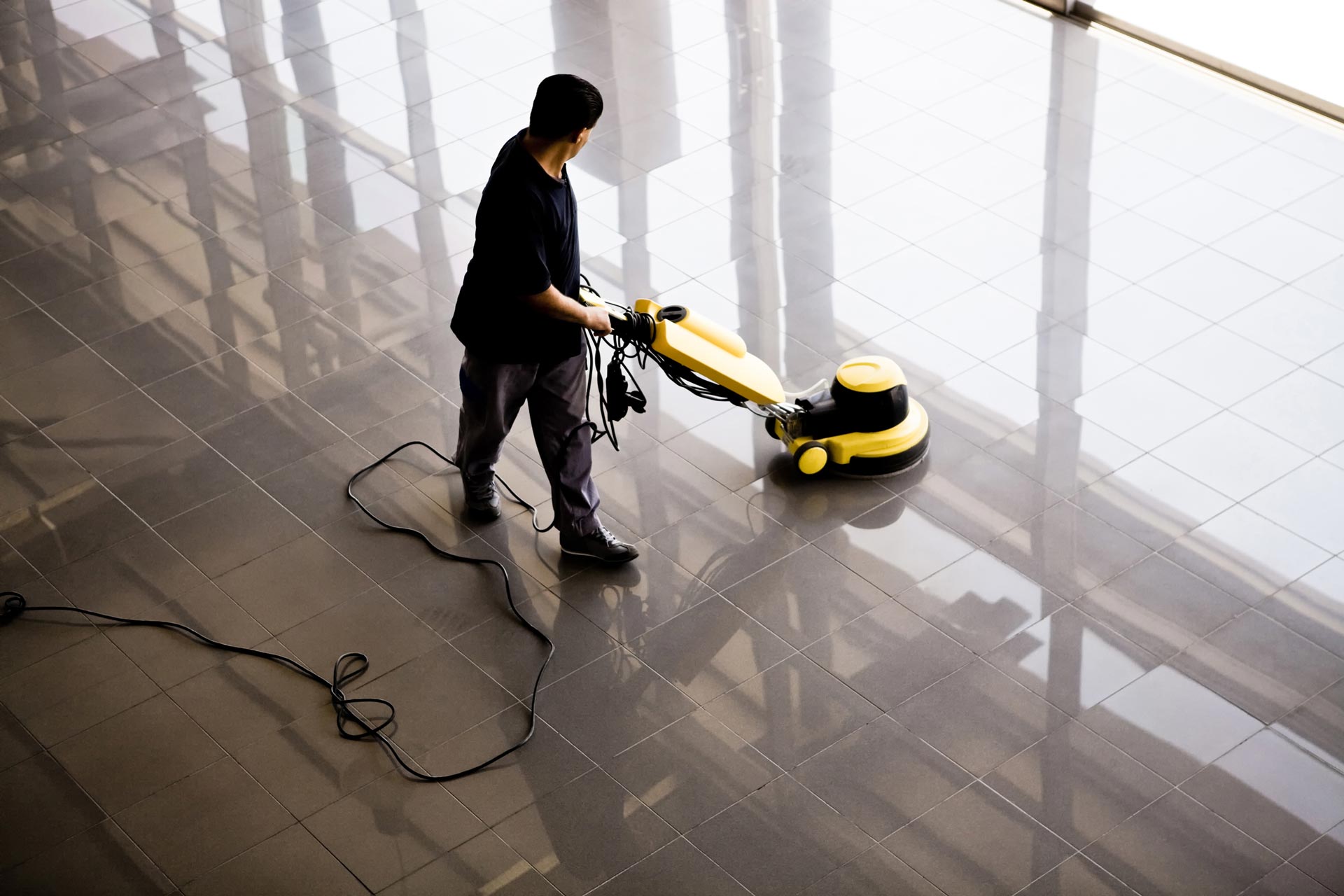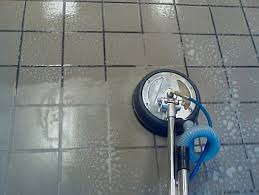Mold Inspection: A Guide to Mold in Your Home
 Discovering mold in your home is a worrying prospect. Although there are many different types of mold, the one thing that they all have in common is that they’re not terribly good for your health. In short, finding mold in your family home is not good news at all.
Discovering mold in your home is a worrying prospect. Although there are many different types of mold, the one thing that they all have in common is that they’re not terribly good for your health. In short, finding mold in your family home is not good news at all.
Different Types of Mold: A Guide
There are many different types of mold. All are unsightly (not to mention smelly!) and most are dangerous to your health. Here are just a few of the types of mold that you might discover in your home.
- Penicillium. You may notice that this name sounds like the antibiotic, penicillin. That’s no coincidence. This mold is actually the base substance that creates the life-saving drug. However, that’s not to say that the raw mold penicillium is good for your health. In fact, it’s really bad for humans, and can cause inflammation of the breathing tract and lungs, plus extreme allergic reaction. You’ll find it most often in carpets, rotting materials (such as old sofas and mattresses) and insulation.
- Alternaria. This particularly unpleasant form of mold is especially problematic for those with respiratory problems such as asthma. It’s also dangerous for those whose immune systems are suppressed (for example, people undergoing a course of chemotherapy). This mold likes damp conditions, so you’ll most often discover it in the bathroom or around leaky pipes.
- Black Mold. Black mold (or stachybotrys chartarum) is easily recognizable, thanks to its distinctive dark appearance. This rapidly spreading mold is not only incredibly unsightly, but poses health problems to those with respiratory conditions. It thrives on moisture, so you’ll most often find it in bathrooms or around the kitchen sink.
- Cladosporium. Cladosporium also causes respiratory problems, and it can also be bad for your skin and nails, making it a doubly unpleasant form of mold. It tends to grow on fabrics and wood; and it’s not uncommon to find it outside, as it also likes to grow on plants.
Getting Rid of Mold
It’s important to remember that mold is more than just an unattractive household problem; it’s an actual health risk. Many people make the mistake of believing that they can get rid of mold themselves, simply by scrubbing the area, or applying some bleach. However, it’s not that simple. Mold is highly resilient, and if it’s not dealt with properly, it will return.
If you’ve got a mold problem, the earlier you address is, the easier it will be to eradicate. Mold that has been given the opportunity to ‘settle in’ is far more complicated to get rid of. As soon as you notice mold, get in touch with your local mold restoration specialist.
Mold Restoration Specialists in Tampa Bay
Gator Cleaning Solutions offer extensive mold restoration services, regardless of what type of mold you have in your property. We’ll visit your home for a free consultation, then offer you some practical suggestions as to how to eradicate the problem for good. To find out more, simply call us on 813-929-1122.
The post Mold Inspection: A Guide to Mold in Your Home appeared first on Gator Cleaning Solutions.



